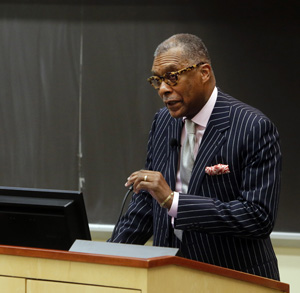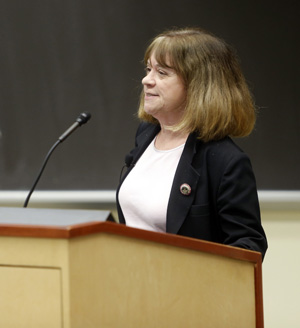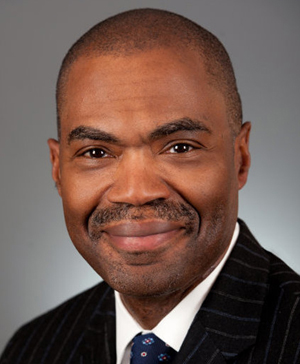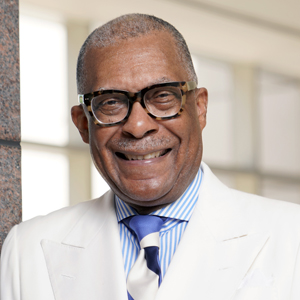Diversity. Inclusion. Excellence. Innovation. You can’t have one without the others.
That was the take-home message from last week’s Flexner Discovery Lecture on the importance of diversity and inclusion to medical and graduate education and research.

“Diversity makes us more innovative,” said André Churchwell, M.D., Chief Diversity Officer for Vanderbilt University Medical Center (VUMC).
“Being inclusive is inherent to excellence,” added Linda Sealy, Ph.D., director of the Vanderbilt Initiative for Maximizing Student Diversity.
Churchwell is the Levi Watkins Jr., M.D. Chair, professor of Medicine, Biomedical Engineering and Radiology and Radiological Sciences and senior associate dean for Diversity Affairs in the Vanderbilt University School of Medicine.
Sealy is associate professor of Molecular Physiology and Biophysics, Cancer Biology and Cell and Developmental Biology. In March she became the first recipient of the one-year Joseph A. Johnson Jr., Distinguished Leadership Professor Award, named for the first African-American to be admitted to and graduate from Vanderbilt University.

Medical students who learn with and from people who come from different cultures and backgrounds make better doctors, Churchwell said.
They will be better able to relate to and communicate with the increasingly diverse patient population they will encounter.
“We have a holistic admissions process,” Churchwell said. “We look at the whole portfolio. But once students get here, we have to create a climate and environment that’s supportive and nurturing. That’s the hard work of diversity and inclusion. That has to be sustained.”
Sealy said her program increases diversity in part through a holistic admissions process that emphasizes applicants’ letters of recommendations, how much research experience they’ve had, and how well they do in interviews over their grade point averages and Graduate Record Exam (GRE) scores.
“In the last five years, we’ve essentially doubled the number of Ph.D.s awarded to under-represented students,” she said. “Basically what we are doing is we are selecting our trainees based on the attributes that we know are most predictive of success in graduate school and in research careers.”
Early pipeline programs — partnering with public schools, for example — also are important, Churchwell said.
“Many will say the greatest threat to America’s security is the lack of commitment to building public education and investing in our inner-city schools,” he said. “If you’re not investing in the community, in the educational process, you’re not going to help solve this problem.”















